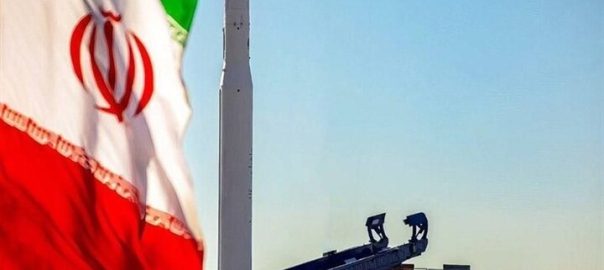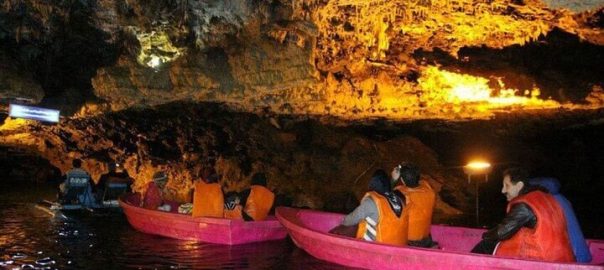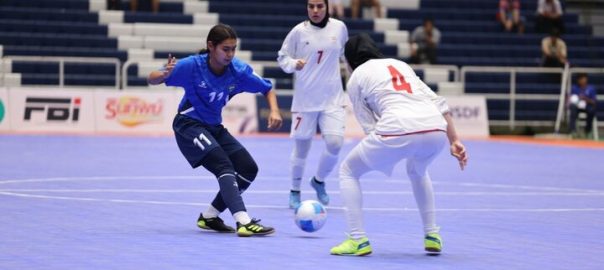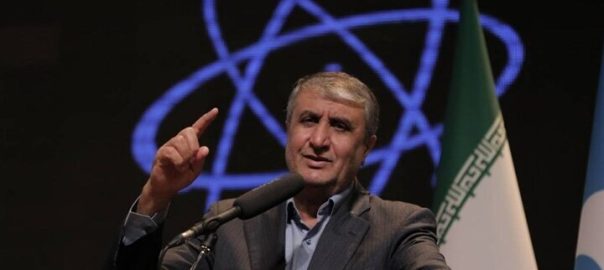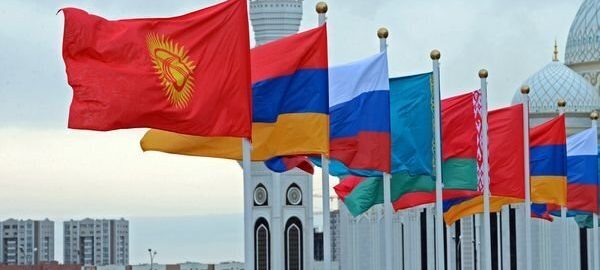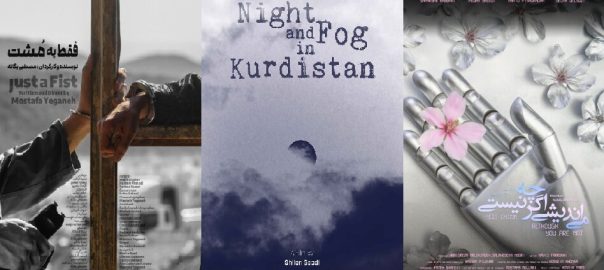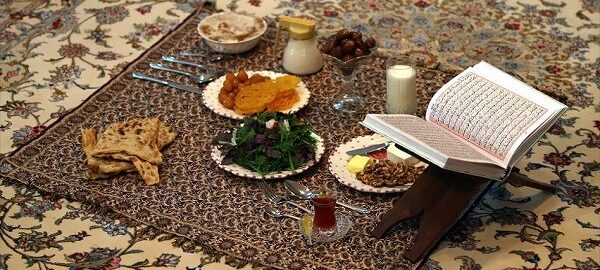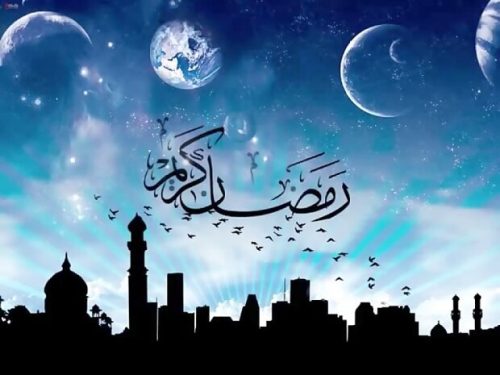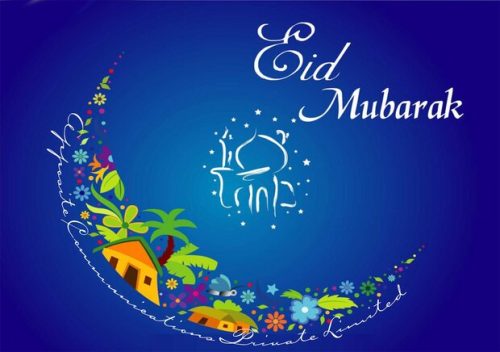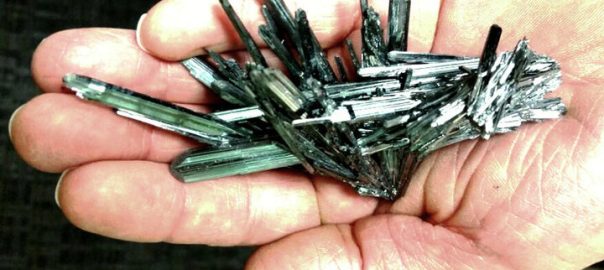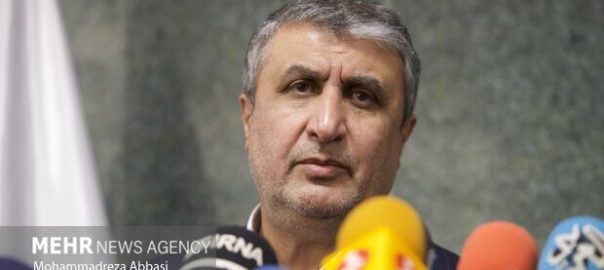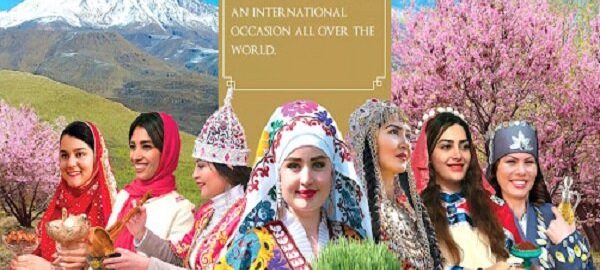Every March, 300 million people from across the world, most notably the people of Iran and Central Asian countries celebrate Nowruz, which marks the arrival of spring and the New Year.
Nowruz, which means ‘new day’ in Persian and local languages in the countries that celebrate it, marks the first day of the Persian calendar and falls at the same time as the spring equinox (usually on 20 or 21 March). Although it has roots in the ancient history of Iran and nowadays Central Asian countries before the arrival of Islam, Iranians like their fellow Muslims in Central Asian countries have incorporated elements of Islam in it and celebrate it with a copy of the holy Quran on the Haft Seen Seven “S” table screen.
Nowruz is widely observed across areas influenced by Persian culture, including Iran, Afghanistan, Azerbaijan, Central Asian nations (such as Uzbekistan, Turkmenistan, Tajikistan, Kazakhstan, and Kyrgyzstan), as well as parts of the Caucasus, the Middle East, and the Balkans.
Iran:
Nowruz is broadly believed to be rooted in Zoroastrianism which is one of the world’s oldest monotheist religions that emerged in today’s Iran. Islam’s emergence in the seventh century led to Zoroastrianism being gradually eradicated, but its principles, including a deep reverence for the four elements of nature, stayed put and birthed this public holiday still celebrated by millions across the Muslim-majority region.
In Iran, New Year preparations start at least a month before the holiday season kicks in. People do a major spring cleaning called Khaneh Tekoni, which translates to “shaking the house.”
Iranians also start growing Sabzeh (wheatgrass or lentil sprouts) for the haft-seen table some 20 days before the Spring Equinox.
The haft-seen is a symbolic ritual meaning “seven things starting with the letter ‘seen’” in Persian. The number seven holds great importance in Islam and ancient Persian scriptures.
A report by Press TV cites ancient Persian traditions as saying that Nowruz marks the triumph of good over evil. It is also believed to symbolize the bond between humanity, nature, and the Divine.
The festival has also been associated with Imam Ali ibn Abi Talib (AS). Many believe the first Shiite Imam was born and assumed the caliphate on this day.
According to legend, a gift of falooda, a sweet rose-flavored dessert, was sent to Imam Ali (AS) on Nowruz. When he learned the reason for the gift, he announced: “May every day be Nowruz.”
Nowruz in Asian and Central Asian countries:
Although the fundamentals of Nowruz are the same, each country celebrates it in its own unique traditions and spells it slightly differently. Across Central Asia, Nowruz is steeped in nomadic tradition. Nowruz is celebrated in all five countries: Kazakhstan, Tajikistan, Turkmenistan, Kyrgyzstan and Uzbekistan.
Azerbaijan:
Festivities in Azerbaijan were not allowed during Soviet times and it wasn’t until the 1990s that Nowruz was publicly celebrated again. Traditions across the Central Asian region have similar characteristics (think plenty of food, family gatherings, colorful street festivals and nomadic sports), although they can vary slightly from country to country and sometimes even city to city.
Reminders of Azerbaijan’s Zoroastrian past are everywhere in Azerbaijan, whether in its fire temples, burning hillsides or flame-shaped skyscrapers. Although ‘Novruz’ was stifled here under the Soviet regime, families continued to celebrate in secret, and today, it’s the most joyful date on the Azeri calendar. Festivities start early — the four Tuesdays in the run-up to Novruz celebrate the four elements: water, fire, earth and air.
Children knocking on doors for treats is an important part of Nowruz. Kids leave their hats or bags at doors, hoping to receive candies and desserts such as shekarbura and paklava in return.
Kazakhstan:
Nauryz is a very important holiday for Kazakhs, which marks the beginning of a new year. It is celebrated several days starting from 21st of March, the day of the spring equinox. Nauryz means ‘new day’, it is celebrated in the Great Steppes from ancient times.
In Kazakhstan, Nauryz is marked by the building of felt yurts (traditional nomad houses), in which a dastarkhan (a table of food) is laid out; nauryz koje, a hearty soup made using seven ingredients, is almost always on the table. In Kyrgyzstan, huge vessels of water are brought into the home on the eve of ‘Nooruz’ to symbolise good health. Traditional sports like wrestling, horseracing and board games are all customary when it comes to celebrations in this region.
Afghanistan:
Afghanistan is thought to be the celebration’s spiritual home. Afghanistan has traditionally heralded in the new year in a similar way to its neighbors. It is broadely believed that the Balkh province is the spiritual homeland of ‘Nowroz’. Although contested, it’s said that Zoroaster, the ancient Iranian prophet who founded Zoroastrianism, lived and first preached in Balkh, one of the oldest cities in the world.
Traditionally, Afghans have journeyed to the city of Mazar-i-Sharif, in the Balkh province, to attend the Guli Surkh festival; Nowroz’s main event, it commemorates the first 40 days of the year, when the green plains are awash with red tulips. Amid the return of Taliban control across many regions of Afghanistan in 2021, it’s unknown whether Nowroz can safely be observed in the country.
Buzkashi, Afghanistan’s national sport, is a popular custom during Nowroz. It’s somewhat similar to polo, but instead of a ball, the horseback players manoeuvre the headless, disembowelled body of a goat. During an Afghan Nowroz feast, expect to find the likes of kolcheh Nowrozi (biscuits made with rice flour), sabzi challow (spinach and lamb curry with rice) and haft mewa, a fruit salad made with seven different dried fruits and nuts soaked in syrup.
Tajikistan:
In fact, Tajikistan’s biggest annual celebration is Nowruz. For Tajiks, Nowruz represents a festival of friendship and the renewal of all living beings. Similar to Persian tradition, Tajiks also jump over fire on the last Wednesday (Chaharshanbe Suri) of the year.
One of the oldest Nowruz traditions in Tajikistan is the gathering of wildflowers by children in villages. Wearing colorful attire, children walk around, knock on people’s doors, and present flowers to neighbors while reciting old songs. This custom takes place one week before Nowruz.
Throughout the new year celebration period, families gather to make traditional pastries like paklava, shekerbura and goghal (representing the stars, moon and sun, respectively), as well as savoury staples like plov (a saffron-infused meat and rice dish), dolma (vine leaves stuffed with lamb, rice and herbs) and fragrant kebab.
Like Iran, there’s also a table of seven ‘s’ items, which are all centred around the semeni (shoots of wheat tied together with a red ribbon). The holiday is particularly loved by children here, who pass the time by throwing hats at neighbours’ doors before hiding and hoping to return to a hat full of sweets and chocolate.
Uzbekistan:
The Navruz holiday in Uzbekistan is one of the most beloved, colorful and fun-filled celebrations in the country. It is celebrated on March 21, the spring equinox when daylight and darkness are of equal length. Its history can be traced back more than three thousand years to Khorasan Province in northeastern Iran, from where it eventually spread to West and Central Asia.
Navruz in Uzbekistan is closely associated with new hopes and expectations. Many believe that good deeds will bring fortune in the coming year, and therefore everyone tries to forgive their enemies, avoid arguments and extend help to those in need during the holiday. It is customary to welcome many guests into your home and to visit others in return.
Another symbol associated with the traditional Uzbekistan New Year is abundance, a quality most keenly experienced in the baking and sharing of holiday treats. When the holiday rolls around, tables are loaded with special homemade dishes – savory pies, flaky samsas stuffed with spinach and fragrant plov, the national dish of Uzbekistan customarily prepared in steaming cauldrons over a fire. Traditionally, seven special dishes are served as a further symbol of fortune for the months to follow. /MNA/

